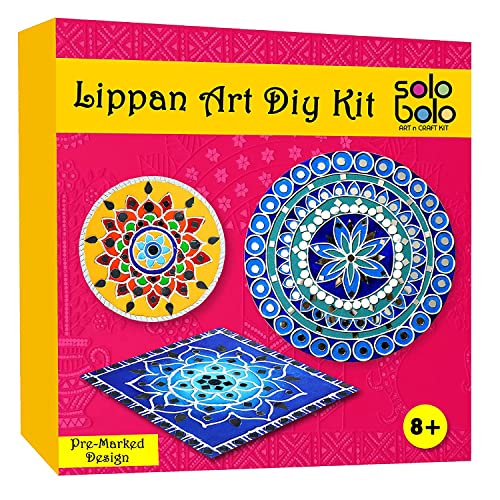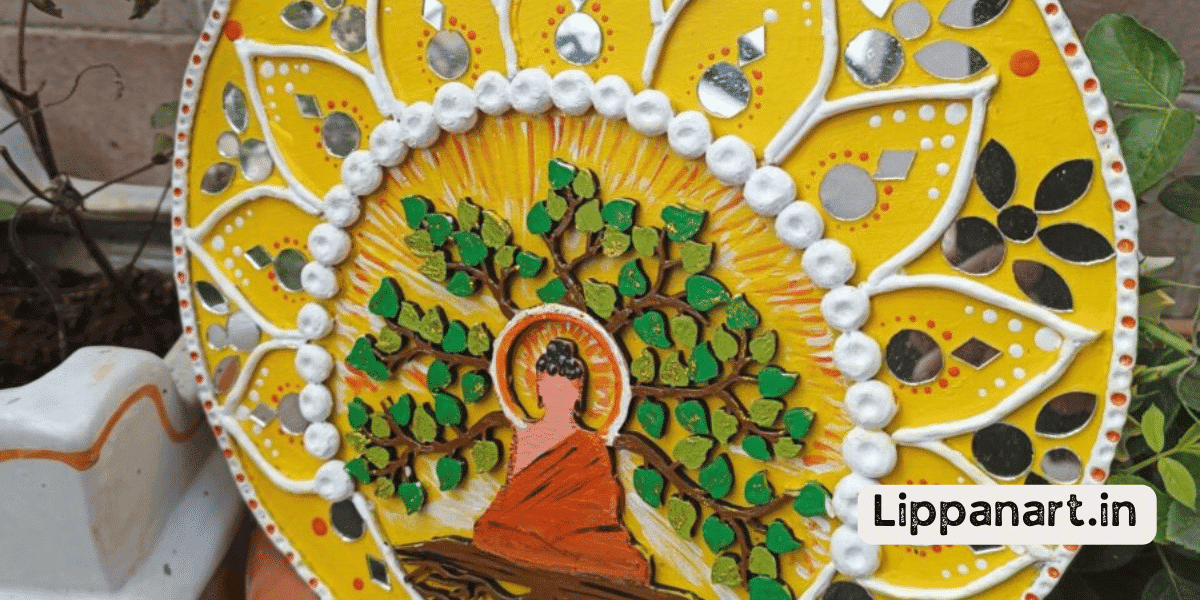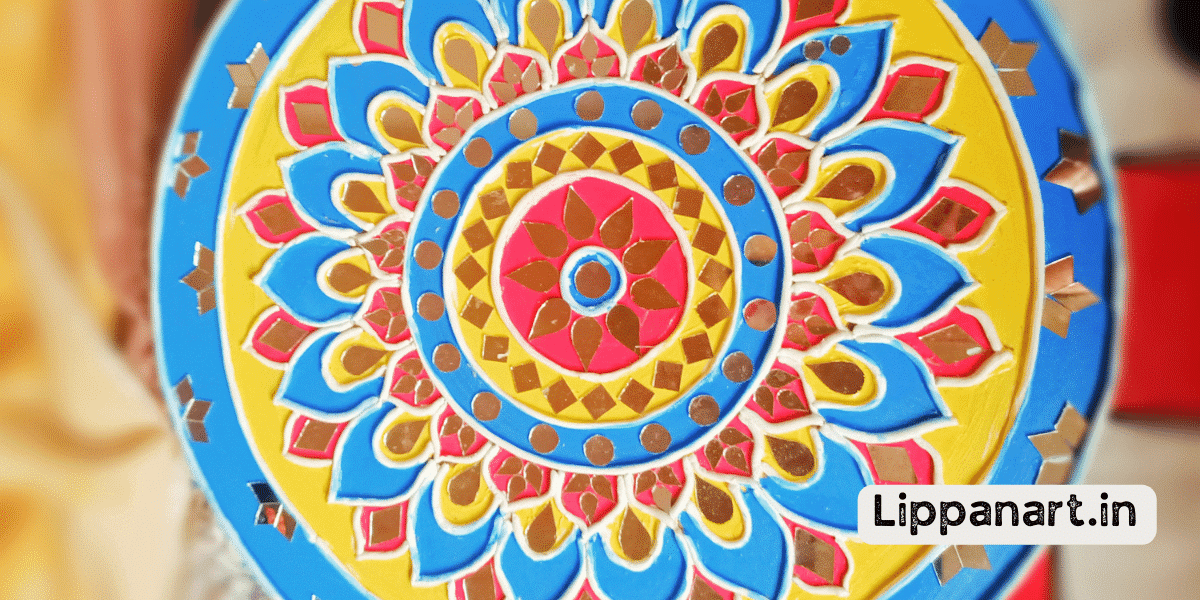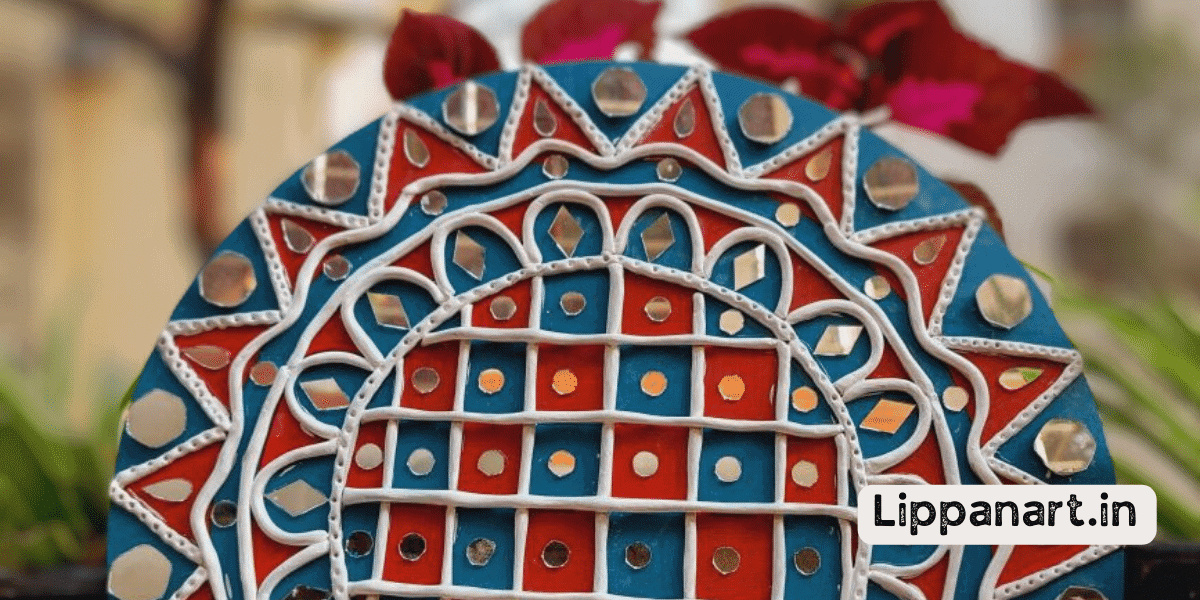Do you feel overwhelmed by your child’s emotions? If so, art therapy may be the answer.
With the help of a supportive therapist, child art therapy is an innovative way to help kids express themselves and explore their feelings.
Through visual, tactile, and kinesthetic channels, this form of therapy helps children build a strong connection with their therapist and gain insight into their experiences.
So, let’s journey together and discover what child art therapy is and how it can benefit your child.
Key Takeaways
- Art therapy allows children to communicate non-verbally and express thoughts, emotions, and perceptions that may be difficult to articulate with words.
- Art expressions, especially drawings, provide valuable insights into a child’s emotional experiences, cognition, and sensory integration, complementing talk therapy.
- Art therapy can be beneficial for self-regulation, improving mood, sensory integration, and helping children cope with traumatic events.
- Art therapy encourages storytelling and meaning-making, allowing children to explore and make sense of their experiences with the therapist’s guidance.
What Is Child Art Therapy
Child art therapy is a non-verbal communication tool that uses art expression to help children express thoughts, emotions, and perceptions that can’t be easily verbalised. It’s an innovative approach that emphasises the importance of creativity and encourages exploration and self-expression.
The art therapy process involves the child and the art therapist, who provide support and guidance. The therapist can understand the child’s development and emotional state through creative activities.
The therapeutic benefits of this process include improved mood, sensory integration, self-regulation, and meaning-making. This relationship between the child and the therapist is key to the success of art therapy, and positive attachment, attunement, and reflexive convergence are essential for successful outcomes.
Benefits of Child Art Therapy
Through art expression, children can communicate thoughts, feelings, and sensations that may be difficult to express with words. The benefits of child art therapy are numerous:
- Improving communication between the child and therapist by providing a non-verbal outlet for expression.
- Emotional expression through art as a sensory-based approach to exploring and understanding feelings.
- Enhancing self-regulation and calming the body and mind through art-making activities.
Child art therapy also helps to promote meaning-making, as children can explore and make sense of their experiences.
The therapeutic bond is strengthened through art expression, allowing for positive attachment, attunement, and reflexive convergence. These benefits lead to increased well-being and a greater understanding of the self.
Types of Art Materials Used in Child Art Therapy
Various art materials can foster creative expression and exploration in child art therapy. These materials provide children with sensory experiences to explore their emotions and express themselves. The benefits of art materials can be seen throughout the therapeutic process, as they help children connect with their inner world and explore their emotions safely and creatively.
Many art materials can be used in child art therapy, such as:
| Art Material | Benefits |
|---|---|
| Paint | Develops fine motor skills and encourages self-expression |
| Clay | Enhances tactile exploration and creativity |
| Fabric | Provides a tactile experience for emotional expression |
| Charcoal | Enhances creativity and fosters exploration of emotions |
| Pastels | Enhances color exploration and encourages creativity |
How to Implement Child Art Therapy
Creating art for therapeutic purposes allows for exploring and expressing emotions within a safe environment. Implementing child art therapy is an effective way to foster a creative and child-centred approach in the therapeutic process.
Here are some ways to get started:
- Give children a variety of art materials and techniques to explore. Allow them to experiment with different colours, textures, and shapes to express their emotions.
- Encourage emotional exploration through creative expression. Providing a safe space for children to express themselves by asking questions is crucial.
- Provide guidance and support throughout the process. Build a trusting relationship between the child and therapist to facilitate a positive experience.
Child art therapy is an innovative way to create a space for emotional healing and self-discovery. By providing a supportive environment and encouraging creative expression, children can begin to process difficult emotions and experiences.
- Editor’s Choice
- Best Seller
- Amazon Choice
Conditions That Can Benefit From Child Art Therapy
Child art therapy can be incredibly beneficial for various conditions, offering a safe and creative space to explore emotions and make meaning of experiences. It can help those who’ve experienced trauma heal, express their emotions, and build self-esteem. It’s also helpful for those with developmental disorders, as it allows them to process their experiences in a way that makes sense.
Art therapy can also effectively manage anxiety, as the sensory-based approach allows children to regulate their emotions in a calming environment.
At the core of art therapy, there’s a strong connection between the therapist and the individual. This connection is essential in helping the individual explore and make sense of their feelings. Art therapy teaches children to regulate their emotions and build resilience. It’s an empowering tool that encourages self-expression and understanding, allowing children to find their voice and gain insight into their experiences.
Art therapy is a powerful tool for children’s mental health and well-being, providing them with a creative outlet. Children can express themselves meaningfully by providing a safe and creative space and learning to manage their emotions.
Tips for Effective Child Art Therapy
Art expression can be a powerful tool for self-expression and exploration, and you can use it to manage your emotions and build resilience effectively. Here are some tips for effective child art therapy:
- Use art techniques to explore emotional expression and communication skills.
- Use the therapeutic process to create a safe and creative space for emotional exploration.
- Experiment with creative exploration and take advantage of the opportunity to express yourself through art.
Using art as a form of therapy can help children develop self-regulation skills, strengthen their sense of identity, and build their resilience. It’s important to approach art therapy with empathy, patience, and understanding.
Art expression provides an opportunity for children to explore their inner world in a way that’s innovative and meaningful.
How to Find a Child Art Therapist
Finding a qualified child art therapist can be important for self-expression and emotional exploration. When searching for a therapist, consider their qualifications and experience. Ensure they’re properly trained in art therapy and have the necessary experience working with children. It’s also important to look for specialised therapists specialising in children.
It’s important to build a strong rapport with the therapist and make sure they’re the right fit for your child. Consider your child’s preferences and comfort level when choosing a therapist. Ensuring the therapist is understanding, empathetic, and patient is essential.
Contact local art therapy centres and mental health organisations to find out what therapists are available in your area. Ask about their qualifications, experience, availability, and cost. If possible, arrange a trial session to ensure the therapist is the right fit for your child.
Finding the right child art therapist can be a valuable and rewarding experience. With the right qualifications, experience, and understanding, it’s possible to find a therapist who can help your child explore their emotions and express themselves in a safe and creative way.
Research on the Effectiveness of Child Art Therapy
Exploring the research on the effectiveness of child art therapy can help you determine if it’s the right approach for your child.
Research findings suggest that art expression can be a powerful tool for non-verbal communication, self-regulation, and meaningful storytelling.
Therapeutic outcomes of art-based interventions include improved mood, sensory integration, and emotional regulation.
Additionally, art therapy can help children build positive attachments, attunement, and reflexive convergence.
For children’s well-being, expressive communication through art is essential to explore and make meaning of experiences.
As such, art therapy can provide an opportunity to enhance well-being through creativity.
Here are three key takeaways:
- Art expression can provide a powerful tool for non-verbal communication.
- Art therapy can help improve mood, sensory integration, and emotional regulation.
- Art therapy can help children explore, make meaning, and enhance well-being through creativity.
Conclusion
Child art therapy is an amazing way for kids to express their feelings and build a strong connection with their therapist. Using it as a tool can be extremely beneficial in healing and transformation.
So, don’t be overwhelmed by your child’s emotions – art therapy may be the answer. Do not hesitate to seek help from a professional to assist your child in finding peace and understanding.
Plus, it’s fun! So, why not give it a try?













